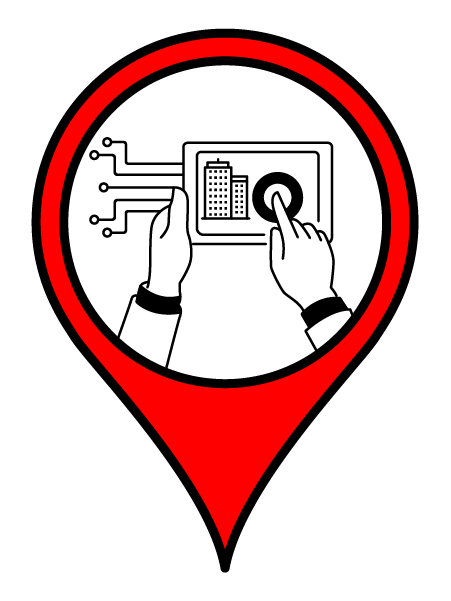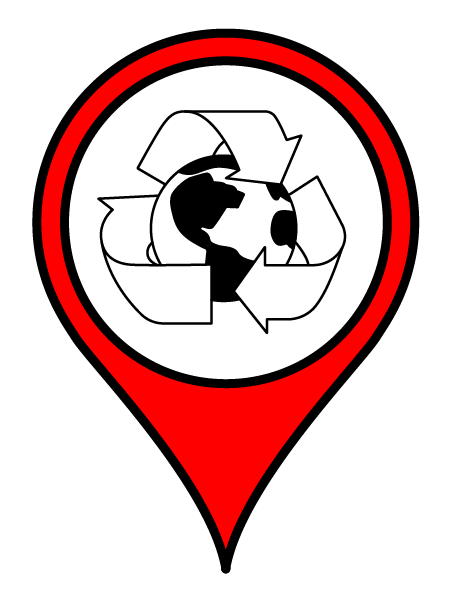Reimaging the Workplace as an Information Business
The turmoil of the COVID-19 pandemic years has forced a rethink across the world of work and exposed the Property Industry to a world of innovative disruption.
Whilst limited supply and predictable demand have historically limited the impact of innovative disruption, a fundamental reorientation of the value chain may be on the horizon as asset managers and asset owners start to reshape business practices in recognition that tomorrow’s value creation needs to be fundamentally aligned with the success of the ultimate customer as well as wider environmental considerations.
This series of thought leadership articles reflects on the transformation ahead as we adjust to a rapidly evolving environment which the World Economic Forum has defined as ‘The Great Reset’.
Quote“In the past 30 years, just 1.5% of companies generated all the net wealth on the global stock market, meaning that actually only a handful of disruptors (‘superstar firms’) really influence long-term financial markets growth. Furthermore, accelerating innovation places incumbents at greater risk of displacement. In 1958, the average company lasted 61 years on the S&P 500; by 2016 this was 24 years and is forecast to be just 12 years by 2027.”
― Bank of America Global Research Report – ‘To the Moon(Shoots)’.
Reimaging the Workplace as an Information Business
The average lifespan of traditional companies has been shrinking steadily as innovation and technological disruption erodes historical competitiveness. The ability of an organisation to renew itself is now increasingly seen as the most important indicator of both longevity and exceptional performance.
Welcome to an Exponential World
As billions of new sensors start to connect us to our environment and adoption of augmented reality (AR) tools become as widespread as mobile devices we will undoubtedly be entering a new age in which the relationship between people and place is forever changed.
In today’s society, we are currently generating 2.5 quintillion bytes of data every day (90% of the world’s data having been created in the past two years) and this is expected to double every two to three years.
When you consider the exponential increases in processing power coupled with the arrival of 'exponential' technologies (internet of things, big data, virtual and augmented reality, cloud computing, autonomous robots, drones, artificial intelligence, smart sensors etc), it is clear that we are on the cusp of the most innovative and disruptive decade in history.
Propelled by the advent of a trillion dollar sensor / IoT economy and the rise of big data, an opportunity clearly exists in tomorrow workplace to turn insights into advantage by simply adding a layer of digital intelligence to our existing workplaces and leveraging the power of generative design, digital twins and big data to reimagine and improve the workplace for us.
Whilst data has always been an essential input for discovering new ideas, the future ability of buildings to feedback will undoubtedly open up possibilities for an organisation to source vast quantities of high-quality data which is essential to ability of algorithms at the heart of artificial intelligence to generate value and address many of today’s unmet challenges, including auditing, optimising and automating tomorrow's support services.
Will The Workplace Become A Digital Enabler?
In 1980 Bill Gates famously created a platform-independent computer operating system known as MS-DOS which fundamentally reshaped the future of personal computing by enabled independent developers to run applications / programs across multiple PC manufacturers. Is a similar moment for the corporate real estate industry needed to enable tomorrow’s building controls and future connected intelligence systems to operate seamlessly across an end-users corporate footprint?
Creating a seamless interface between landlord and tenant building control systems offers an opportunity to unlock the full potential of the built environment but it could also provide a platform for third party applications and herald the arrival of a true ‘everything as a service model’ with diverse income streams created based on the is the ultimate XaaS metric; consumption.
However, without a common interface for future building operating system and standardised ‘open’ interface protocols for future landlord and tenant workplace control systems, it is likely that traditional Landlord / Tenant compatibility issues will lessen the productivity and sustainability gains associated smart building / connected workplaces.
Reimaging the Workplace as an Information Business
One of the greatest developments for the built environment may be the advent of generative design and digital twin technologies coupled with big data which together open up the possibility to automate the design and modelling our of physical world.
The Autodesk’s demonstration video above highlights the power of generative design and the multi-dimensional benefits of being able to rapidly model thousands of alternative workplace design scenarios whilst simultaneously evaluating each layout iteration against known outcome preferences and parameters.
As AI applications become more widespread, generative design iterations will be combined with in-depth understanding of project constraints (i.e. time, cost, quality, resource, risk, scope implications) thereby empowering a project team to identify performance improvements in space efficiency, cost efficiency or carbon efficiency with laser procession.
For example, any building or workspace design could be automatically remodelled to reduce the cost, program or carbon footprint by 10 percent thereby enabling capital investment to be targeted more efficiently based on learnt insights and organisational preferences.
What do you think ?
Does generative design coupled with automated cost / carbon optimisation software offer the greatest opportunity to transform the performance and sustainability of both the construction and property industry?
‘Reimagining the Built Environment as a Low Carbon Environment' will form the basis of my next article..
Blueprint for a Connected Occupier in a Collaborative World
OCCUPIERWORLD® is an independent initiative to develop a trusted and familiar social network / digital community for curiosity-driven CRE practitioners. We believe the future of work is about collaboration & problem solving. To overcome common challenges arising from highly fragmented commercial real estate markets, we have launced a proof of concept for an occupier-focused peer-to-peer social messaging network to help users test ideas, discover collaborators and solve collective problems together.
If you are passionate about corporate real estate performance from an occupier's perspective, log-in via LinkedIn and join our subscription-free community today!




@3x.png?_cb=1618177579)
0 Comments
Recommended Comments
There are no comments to display.
Create an account or sign in to comment
You need to be a member in order to leave a comment
Create an account
Sign up for a new account in our community. It's easy!
Register a new accountSign in
Already have an account? Sign in here.
Sign In Now